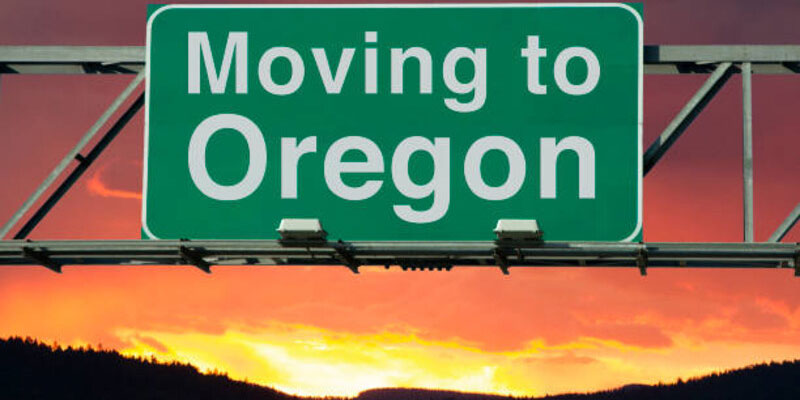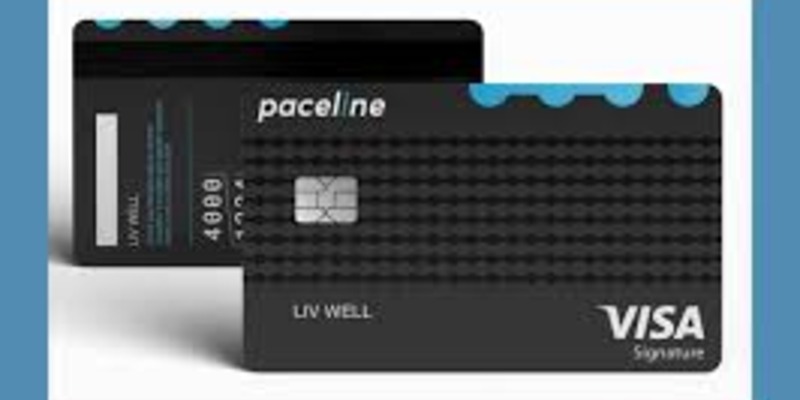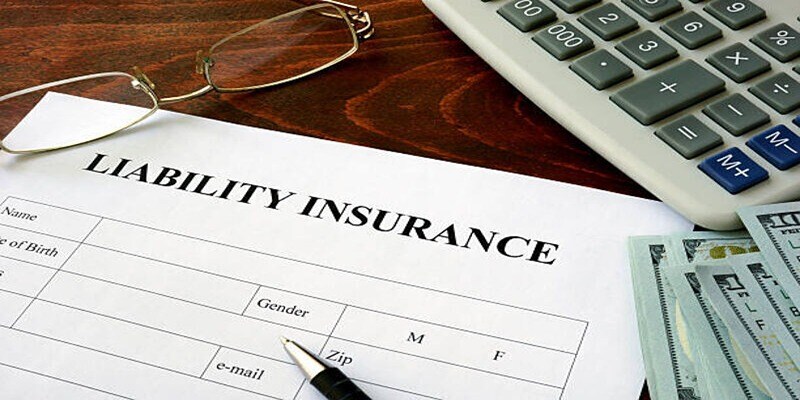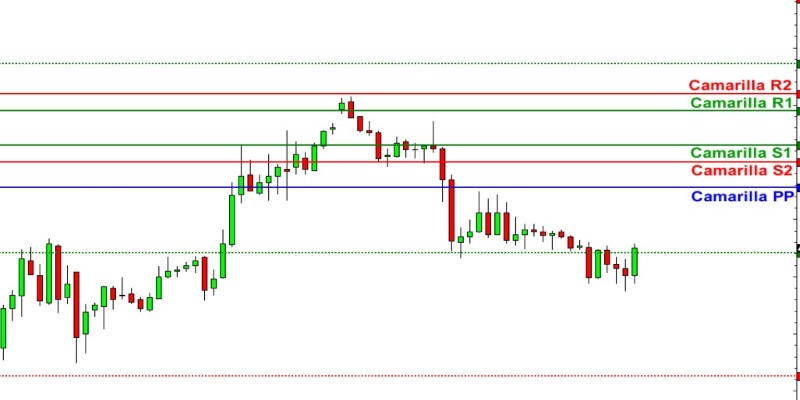Essential Guide to Dwelling Coverage: Assessing Your Needs
Feb 01, 2024 By Triston Martin
You undoubtedly have many home insurance coverages. We'll examine HO-3 policies, the most common homeowner's insurance, to comprehend the different coverage possibilities. The six main parts of a standard HO-3 policy are:
- Home and accessory structure insurance helps pay for repairs or rebuilding costs. Dwelling policy coverage covers kitchen and bathroom equipment, worktops, and fixtures, but not the property.
- This insurance covers detached garages, sheds, and gazebos.
- Personal property insurance protects non-static assets. This includes clothing, gadgets, household furniture, and appliances.
- Liability insurance may pay costs if you cause injuries or property damage on your property.
- Although you're not at fault, medical payment insurance may cover visitor incidents on your property.
- After a covered loss, "loss of use," coverage may assist pay for accommodation, food, and other requirements while your residence is being repaired.
The first of these six sections is home insurance, or "coverage A" in a housing policy. When these happen, the dwelling policy usually pays for repairs:
- The haze of fire
- An electrical storm
- Wind harm
- The Explosion of Hail
- Disruption of property
- The weight of snow, sleet, or ice causes damage.
- Things that may fall
- Accidental damage caused by a plane or car
- Explosion of a volcano
- Appliance overflow or HVAC failure is a common source of water damage.
- Damaged appliances, pipes, heat ducts, sprinkler system, and plumbing
Remember that several types of house insurance cover various insurance dangers or potential sources of loss. The easiest approach to find out what kind of coverage you have is to review your policy and speak with a representative from the provider. Your home is protected against any risks not expressly included in your standard HO-3 policy since it has open perils coverage.
Dwelling Insurance Doesn't Cover

Your dwelling coverage will not cover any dangers your insurance policy explicitly does not cover. Among them are:
Flood
Most homeowner insurance excludes flood damage. Due to changing weather patterns, storms may become stronger in areas that have never flooded. Consider flood insurance if floodwaters damage your property. The NFIP and certain commercial insurers cover floods.
Seismic Activity or Earthquake
Most US earthquakes occur on the West Coast. If you live in one of these or other earthquake-prone areas, consider earthquake insurance. Earthquakes may cause significant and rapid damage. Your foundation might take a major hit in an earthquake; even a little tremor could send walls crashing and cause other damage. Your HO-3 insurance covers seismic fires, but earthquakes that cause structural damage are not.
Sloppy Maintenance/Damage
A house's plumbing, heating, and electrical systems work together to keep you safe and comfortable. These systems must be maintained by homeowners. You should watch for moist basements and termite infestations. Unless you get an endorsement, your house insurance will not cover damages caused by ignoring basic maintenance.
Sewer Related Issues
Most homeowners' policies do not automatically cover sewer backups and sump pump damage. Homeowners insurance often includes an endorsement for sewer and drainage line backup coverage, also known as water backup coverage or sump pump damage coverage. This policy pays for repairs to your house and possessions if a backup causes damage. Sump pumps often overflow after severe rains, causing water to seep into a basement or crawlspace and causing backup losses. Nevertheless, clogged sewage lines may occur in any part of a house, including the floor drains, sinks, and toilets. An endorsement for water backup is necessary to include this kind of loss in a homeowner's insurance policy.
Deterioration of the Service Line
Another typical exclusion for a typical homeowner's insurance policy is damage to your service line. If anything were to happen to any service lines that enter your house, you would be financially protected thanks to service line damage coverage. While your home insurance may cover certain service lines, some examples include water, gas, and sewage lines, internet cables, and electrical wires. Your insurance company may not currently provide this coverage as it is still a new development in the market. See an insurance agent to learn more about your service line coverage alternatives.
Dwelling Insurance Types

A wide variety of policies are available for homeowners' insurance. Houses are subject to some, condominiums to others, and other real estate to others. We've covered HO-3 plans before, but more alternatives and dwelling cost are available based on the kind of house you own and the coverage you require.
Homeowner Insurance
Includes housing coverage in HO-1, HO-2, HO-3, HO-5, and HO-8 policies, among others. In other words, housing insurance is often included in house insurance policies.
Homeowners insurance is also known as hazard insurance by certain companies. Keep this policy in the main policy. The phrase "hazard insurance" may refer to any homeowner's policy. In this context, "coverage" is the financial protection you get from your insurance against various hazards. The three main types of hazard insurance are home, other buildings, and personal property.
Condo Insurance
Condominium owners are financially protected by HO-6 insurance. In this case, home insurance is more nuanced. Typically, your HO-6 coverage will cover the inside of your property, belongings, and liability requirements. Your association's main insurance should cover the majority of the building. However, the amount of dwelling coverage you need to acquire on your condo insurance will be influenced by the specific main policy of each condo association. For instance, if your condo association provides insurance for almost the whole building, you may not need as much home insurance.
Rental Property Insurance
Everyone should consider and know about rental property insurance. DP-3 insurance coverage protects your rental property's structure in the event of a covered loss. However, it offers many coverage alternatives not included in a normal HO-3.
Coverage choices and dwelling cost, including wrongful eviction and loss of use, are included in rental property insurance to account for the risks landlords experience compared to homeowners. Also, because different municipalities and states have different rental regulations, it could be beneficial to consult a local insurance agent about the specifics of your area's rental market and the kinds of supplemental policies they advise.

Things you should know before moving to oregon

A Comprehensive Comparison of TradeStation and Webull in 2024

Green Dot Credit Cards Demystified: 8 Key Points You Should Be Aware Of

Harnessing the Power of the Paceline Card: 8 Key Insights

Real-time payments: the next big thing in US banking

The Rise of Working Seniors: Unveiling 5 Key Reasons Behind the Trend

Liability Insurance 101: Essential Knowledge for Every Business Owner

Cash Flow Statement: Explanation and Example

Understanding the Role of a Business Consultant: A Comprehensive Guide
